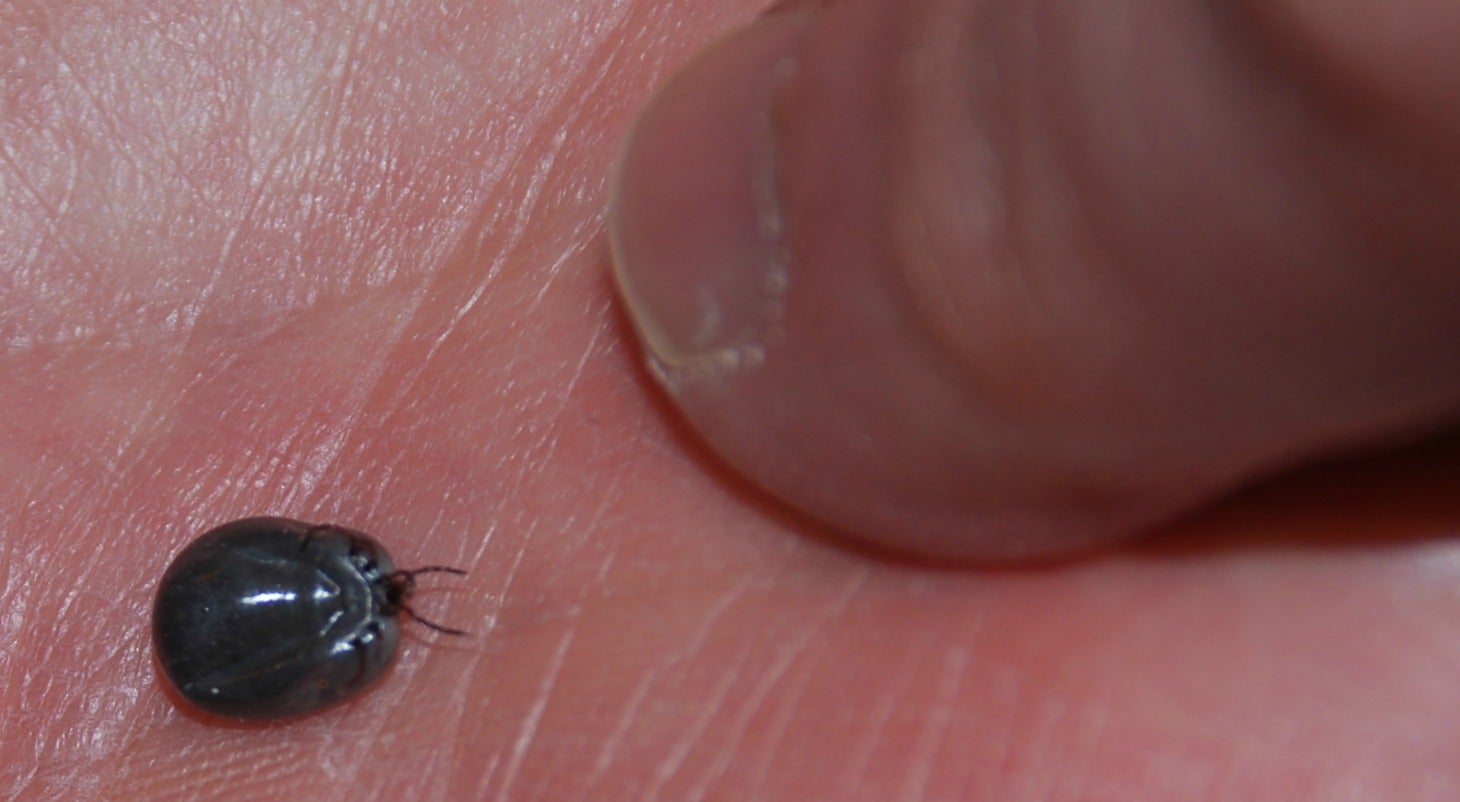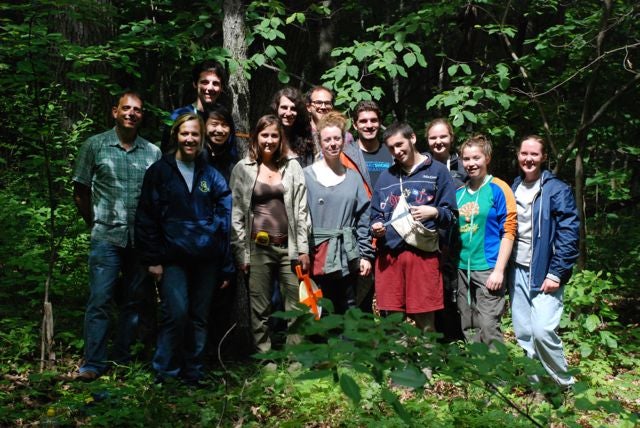We will be welcoming a new post-doc in the lab next term – Greg Stull. Greg, who is finishing his dissertation in the Soltis lab, was awarded an NSF post-doctoral fellowship for “Research Using Biological Collections”. These fellowships are meant to support transformative science that employs biological collections.
The title of Greg’s post-doctoral fellowship is ” Integrating diverse collections data for deep-time distribution modeling in a tropical flowering plant family (Icacinaceae) with an extensive fossil record.” Stephen Smith and I (Chris Dick) will serve as the sponsoring scientists.
Below is part of the abstract for Greg NSF Fellowship.
Understanding how species have responded to previous instances of climate change is critical for predicting the impact of future climate change on the distribution of biological diversity. Because the fossil record is highly incomplete, additional tools are necessary to reconstruct historical distributions at different points in the past (e.g., when the earth’s climate was considerably warmer during the early Eocene, ca. 50 Ma). Species distribution modeling (SDM) has emerged as a powerful computational tool for modeling the ecological requirements of species, using the wealth of locality/geographic data available for modern species in natural history collections. SDM has been used extensively to predict possible future distributions as shaped by climate change; the application of SDM for reconstructing distributions in deep time, however, has been underexplored, despite its potential for understanding how climate change has shaped the diversity and distribution of organisms through time. The fellowship research will explore and expand methods of using geographic data from modern species, obtained through online repositories of collections data from around the world (e.g., GBIF, iDigBio), to generate species distribution models of extinct species, allowing for the reconstruction of distribution patterns across broad time scales (e.g., the past 65 Ma). This research will use as a model the pantropical plant family Icacinaceae, which has an extensive fossil record, allowing for the validation of the historical projections and, by extension, the methods used to generate them. In particular, this research will investigate the climatic suitability of major land bridges/rafts for the migration of tropical plants throughout the Cenozoic (65 Ma to present). The will constitute one of the first studies to employ SDM across such a broad time scale, using the fossil record to validate the results. This research will therefore serve as an important proof of concept for this approach, and the novel methodological tools generated will advance future research related to biogeography and climate change.
Welcome Greg!


